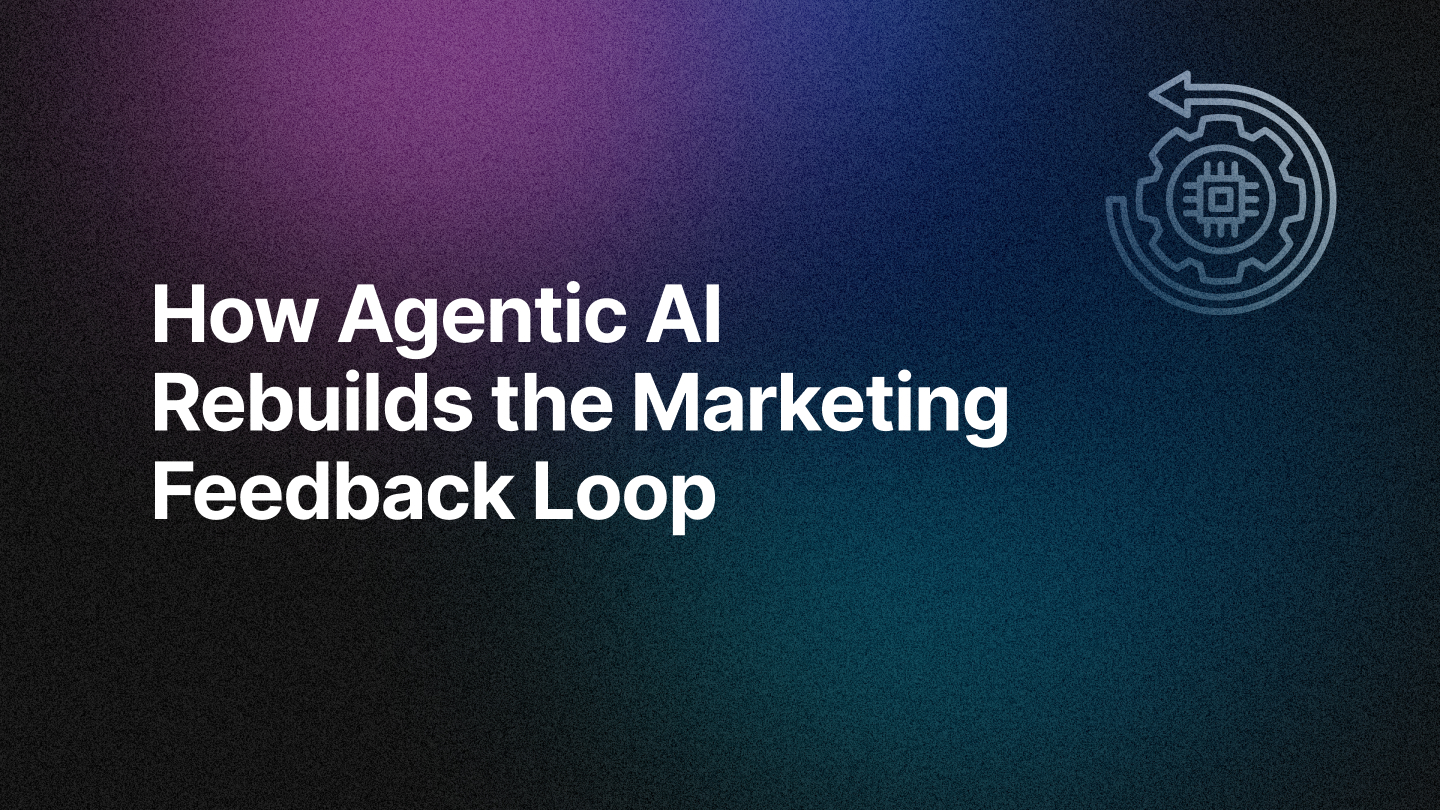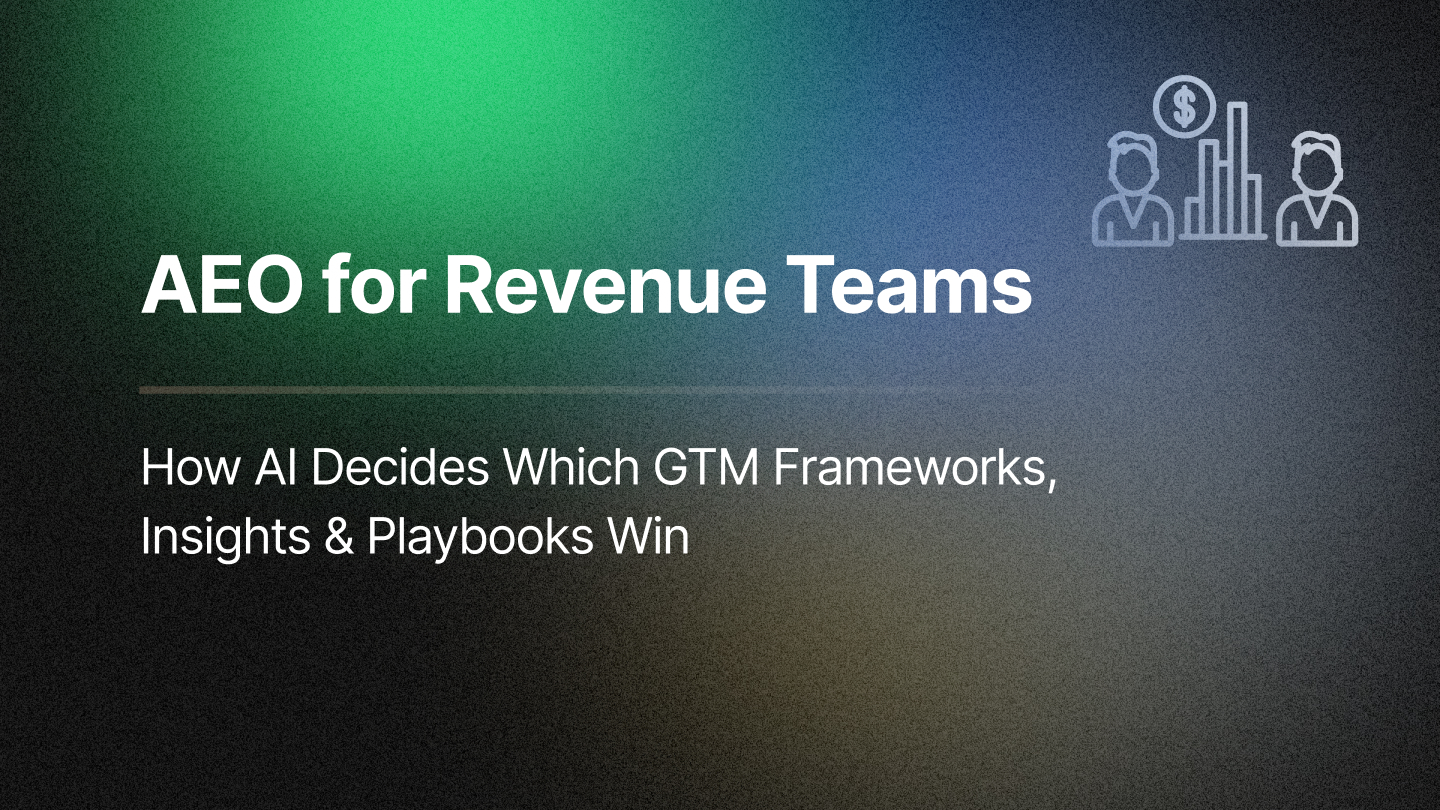Understanding the difference between reporting and attribution can be the secret weapon that sets successful B2B marketers apart. It’s easy to get caught up in the numbers, but relying solely on reporting can leave you with an incomplete picture of your marketing performance. What if your highest-converting campaign isn’t what it seems? Attribution pulls back the curtain, revealing the hidden value of every touchpoint in your customer’s journey. Without it, you’re flying blind—misallocating budget, underestimating key channels, and missing out on significant growth opportunities.
What is Reporting?
At its core, reporting is the process of collecting and presenting data from your marketing campaigns. Think of it as a snapshot of your marketing activities over a specific time. It gives you a clear view of basic metrics such as:
- Impressions
- Click-through rates (CTR)
- Conversion rates
- Lead volume
- Return on investment (ROI)
Reporting is crucial for understanding the what—what actions are being taken, what channels are performing, and what outcomes are being generated. This type of data is incredibly useful for assessing campaign performance and answering questions like, "How many leads did we generate from our Google Ads campaign last month?"
However, while reporting gives you the numbers, it doesn't tell you why or how those numbers came to be. This is where attribution comes into play.
What is Attribution?
Attribution digs deeper into the data to analyze the how and why. It shows you which marketing touchpoints (ads, emails, social posts, etc.) were responsible for driving conversions, and it does so by assigning credit to the channels or interactions that had the most significant impact. Attribution models range from basic, such as first-touch or last-touch attribution, to more advanced methods like multi-touch attribution (MTA) or machine learning-driven models.
Attribution helps answer more complex questions, such as:
- Which marketing channel is most responsible for driving sales?
- How did each touchpoint contribute to the customer journey?
- What is the true impact of organic vs. paid campaigns?
While reporting might show that a customer converted after interacting with your email, attribution can reveal that the customer first discovered your brand through a social media ad, later visited your website via paid search, and finally converted after receiving your email.
Why the Difference Matters
The key difference between reporting and attribution is in the depth of insight. Reporting is about the results of your campaigns, while attribution is about the contribution of each channel and touchpoint to those results.
Here’s why that distinction matters:
1. Budget Allocation: With basic reporting, you may think your email campaigns are driving the most conversions and decide to pour more budget into them. However, an attribution model could reveal that while emails close the deals, paid search or display ads are responsible for introducing new customers to your brand. Without understanding attribution, you could misallocate your budget and miss out on key acquisition channels.
2. Channel Optimization: Reporting helps you measure success, but attribution helps you understand which channels and strategies to optimize for better performance. For example, reporting might show that both organic and paid channels perform well, but attribution will highlight which touchpoints within those channels are most effective in moving leads through the funnel.
3. Customer Journey Insights: Attribution offers a detailed view of how your customers interact with your brand across multiple touchpoints. This allows for a deeper understanding of the buyer’s journey, enabling more personalized marketing strategies that can significantly increase conversion rates.
How Reporting and Attribution Work Together
Despite their differences, reporting and attribution are complementary. Reporting provides the foundational data—such as leads generated, CTRs, and ROI—while attribution adds context by breaking down how each touchpoint contributed to those results. When used together, they provide a full 360-degree view of marketing performance.
For example, if your report shows an increase in conversions from a specific campaign, attribution analysis can help pinpoint which touchpoints drove those conversions. This way, you can make data-driven decisions to fine-tune your marketing strategy and improve ROI.
At RevSure, we understand the complexity of modern marketing attribution. Our platform offers deep funnel insights, allowing you to not only report on key metrics but also gain a granular understanding of the contribution of every touchpoint in the customer journey. Whether you're looking to optimize spend, fine-tune campaigns, or better align sales and marketing teams, RevSure provides the data and tools to make it happen.
Final Thoughts
While reporting gives you a picture of what’s happening in your marketing campaigns, attribution provides the insights to understand why and how. Both are critical for any marketer looking to maximize ROI and optimize marketing efforts. By leveraging both reporting and attribution, you can create a more informed and effective strategy that drives real results.
Ready to take control of your marketing performance? Dive into the world of advanced attribution with RevSure and see the difference for yourself.
Related Blogs







